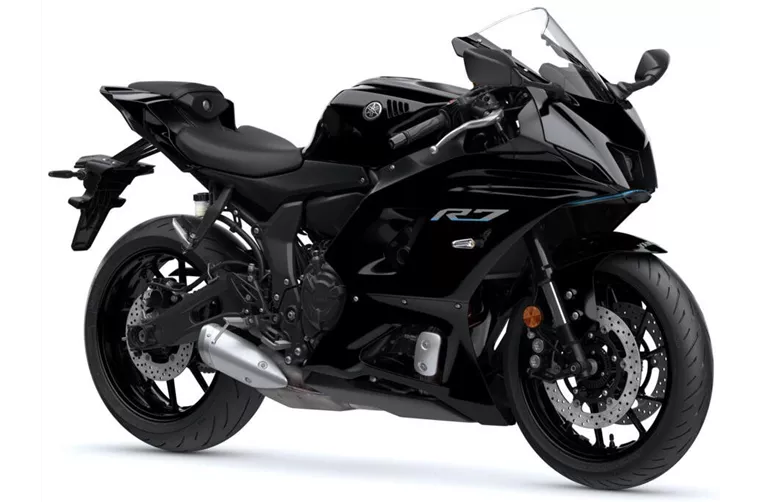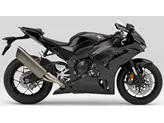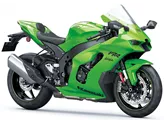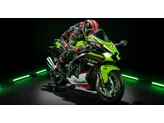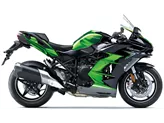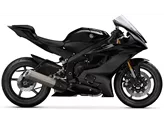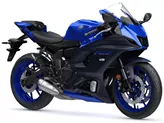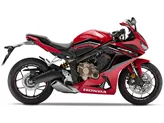Yamaha R7 2022 vs. Kawasaki Ninja ZX-10R 2010
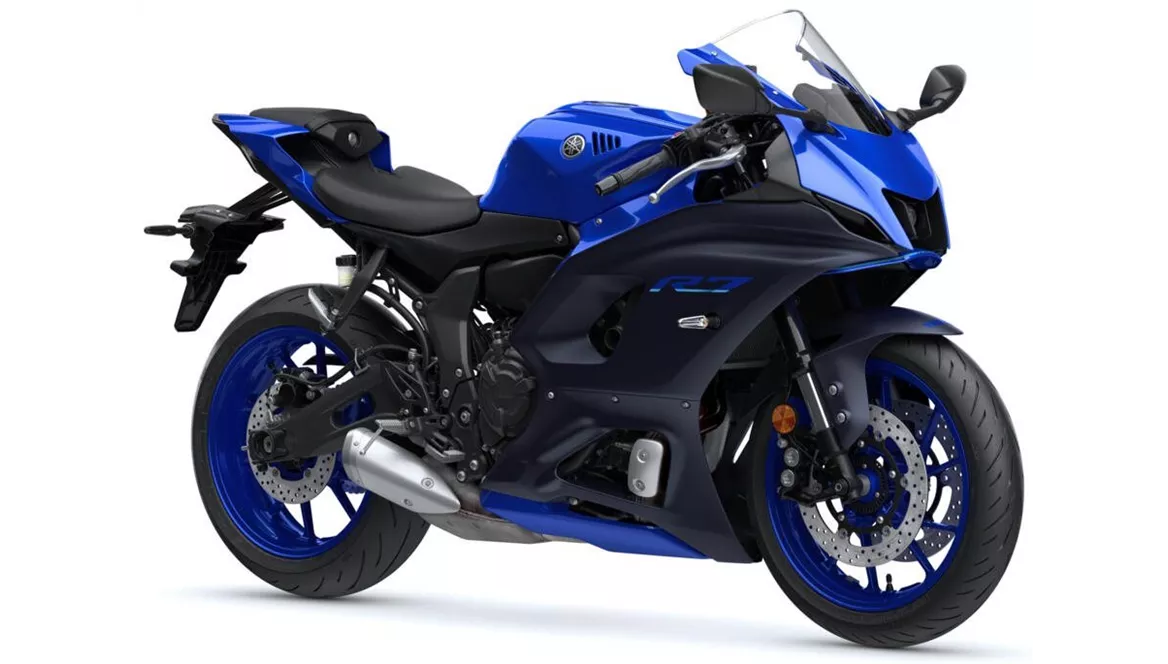
Yamaha R7 2022

Kawasaki Ninja ZX-10R 2010
Overview - Yamaha R7 2022 vs Kawasaki Ninja ZX-10R 2010
The Yamaha R7 2022 and the Kawasaki Ninja ZX-10R 2010 are both supersport motorcycles that cater to riders looking for high-performance machines. While they share some similarities in terms of engine type, front suspension, and front tire width, there are notable differences between the two models.
In terms of engine specifications, the Yamaha R7 2022 features an in-line, 2-cylinder engine with a displacement of 689cc. It delivers a maximum power of 73.4 HP and a torque of 67 Nm. The engine has a bore of 80 mm and a stroke of 68.6 mm, with a compression ratio of 11.5. On the other hand, the Kawasaki Ninja ZX-10R 2010 boasts a more powerful in-line, 4-cylinder engine with a displacement of 998cc. It generates a maximum power of 187 HP and a torque of 113 Nm. The engine has a bore of 76 mm and a stroke of 55 mm, with a higher compression ratio of 12.9. It is evident that the Kawasaki Ninja ZX-10R 2010 offers significantly more power and torque compared to the Yamaha R7 2022.
In terms of suspension, both motorcycles feature upside-down telescopic forks at the front. However, the Yamaha R7 2022 offers more adjustability options with compression, preload, and rebound adjustments, while the Kawasaki Ninja ZX-10R 2010 only provides compression and rebound adjustments. This allows riders to fine-tune the suspension settings on the Yamaha R7 2022 for a more personalized riding experience.
When it comes to the chassis, the Yamaha R7 2022 utilizes a steel frame, while the Kawasaki Ninja ZX-10R 2010 features an aluminum frame. Aluminum frames are generally lighter and offer better rigidity, which can contribute to improved handling and maneuverability. However, the choice of frame material may also depend on other factors such as cost and manufacturing processes.

Yamaha R7 2022
Both motorcycles are equipped with double disk brakes at the front, but the Kawasaki Ninja ZX-10R 2010 boasts radial and petal technology, which enhances braking performance and heat dissipation. The Yamaha R7 2022, on the other hand, only specifies radial technology for its front brakes. This suggests that the Kawasaki Ninja ZX-10R 2010 may offer more efficient and responsive braking capabilities.
In terms of tire width, both motorcycles have a front tire width of 120 mm. However, the Yamaha R7 2022 has a rear tire width of 180 mm, while the Kawasaki Ninja ZX-10R 2010 has a wider rear tire width of 190 mm. A wider rear tire can provide better traction and stability during cornering and acceleration.
The wheelbase of the Yamaha R7 2022 measures 1395 mm, while the Kawasaki Ninja ZX-10R 2010 has a slightly longer wheelbase of 1415 mm. A longer wheelbase can contribute to better stability at high speeds and during straight-line riding.
In terms of fuel tank capacity, the Yamaha R7 2022 has a smaller capacity of 13 liters, while the Kawasaki Ninja ZX-10R 2010 offers a larger capacity of 17 liters. A larger fuel tank capacity can provide a longer riding range before refueling is required.

Kawasaki Ninja ZX-10R 2010
Moving on to the strengths of each motorcycle, the Yamaha R7 2022 is praised for its CP2 engine, which delivers punchy performance in the lower and middle rev ranges. Its front-wheel-oriented seating position provides better control and maneuverability. The adjustable chassis allows riders to fine-tune the bike's handling characteristics to their preferences. The Yamaha R7 2022 is also described as extremely manageable and equipped with good brakes.
On the other hand, the Kawasaki Ninja ZX-10R 2010 is commended for its extremely precise traction control, which enhances stability and grip during acceleration. Its braking system is efficient, and the integrated electronics offer advanced features and control options. The positive ABS system provides additional safety. The high engine power of the Kawasaki Ninja ZX-10R 2010 ensures exhilarating performance on the road.
In terms of weaknesses, the Yamaha R7 2022 is noted for not having a TFT display, which may be considered a drawback for riders who prefer modern and advanced instrument panels. On the other hand, the Kawasaki Ninja ZX-10R 2010 is criticized for having a suboptimal transmission, specifically tight gearshifts, which may affect the overall riding experience.
In conclusion, the Yamaha R7 2022 and the Kawasaki Ninja ZX-10R 2010 are both impressive supersport motorcycles with their own strengths and weaknesses. The Yamaha R7 2022 offers a more manageable and adjustable riding experience, while the Kawasaki Ninja ZX-10R 2010 provides higher engine power and advanced electronics. Ultimately, the choice between the two models will depend on the rider's preferences and priorities.
Technical Specifications Yamaha R7 2022 compared to Kawasaki Ninja ZX-10R 2010
Pros and Cons in comparison
Pros and Cons in comparison
Yamaha R7 2022
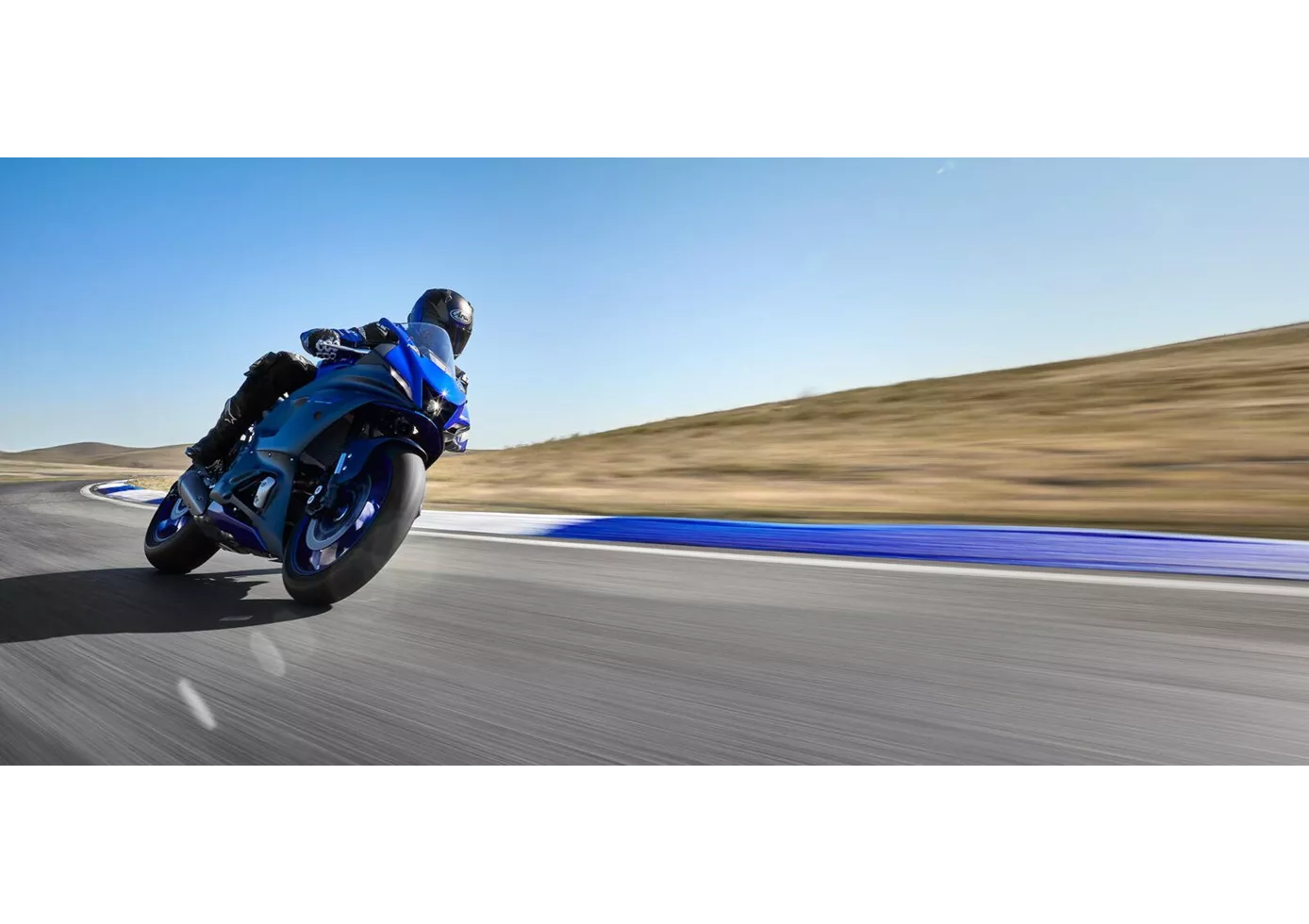
Those who expect the Yamaha R7 to be a half-hearted solution will be surprised at how well-balanced the little supersports bike is. Of course, the engine with just over 70 hp doesn't have what it takes to challenge the R6, for example, but the engine with its punch from below fits the character perfectly. The chassis components are of high quality, even fully adjustable at the front, and the handling of the slim grenade is absolutely awesome. The seating position is fine, not as radical as on a real super sports bike, and therefore suitable for everyday use.
Kawasaki Ninja ZX-10R 2010

Ninja fans have no choice but to buy the new 10. It is lighter, stronger, easier to handle and yet easier to ride than any other ZX-10R to date. Even compared to the other Japanese bikes, the Kawa presents itself as superior. Besides the European bikes, emotions, preferences for certain colours and shapes certainly come into play.
Price Comparison Avarage Market Price Yamaha R7 vs Kawasaki Ninja ZX-10R
There are a few key differences between a Yamaha R7 2022 and a Kawasaki Ninja ZX-10R 2010. There are the same number of bikes of both models available on the 1000PS.de marketplace, specifically 44. It takes less time to sell a Kawasaki Ninja ZX-10R with 60 days compared to 87 days for the Yamaha R7. Since model year 2021 1000PS.de editors have written 9 reviews for the Yamaha R7 and 51 reviews for the Kawasaki Ninja ZX-10R since model year 2005. The first review for the Yamaha R7 was published on 5/18/2021 and now has more than 92,800 views. This compares to more than 2,900 views for the first review on Kawasaki Ninja ZX-10R published on 1/11/2004.
